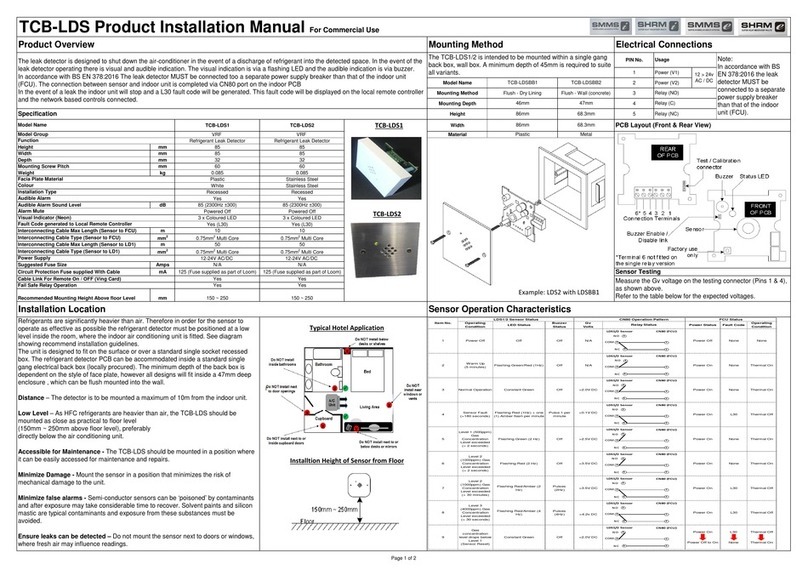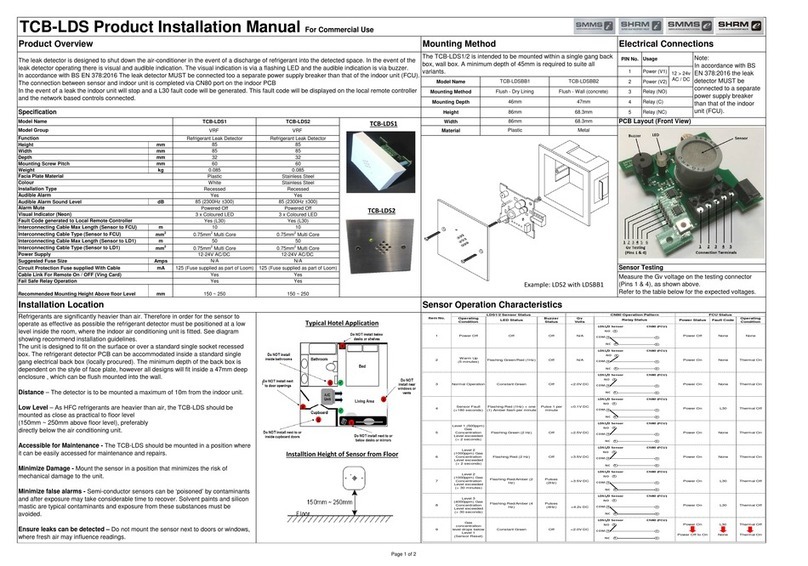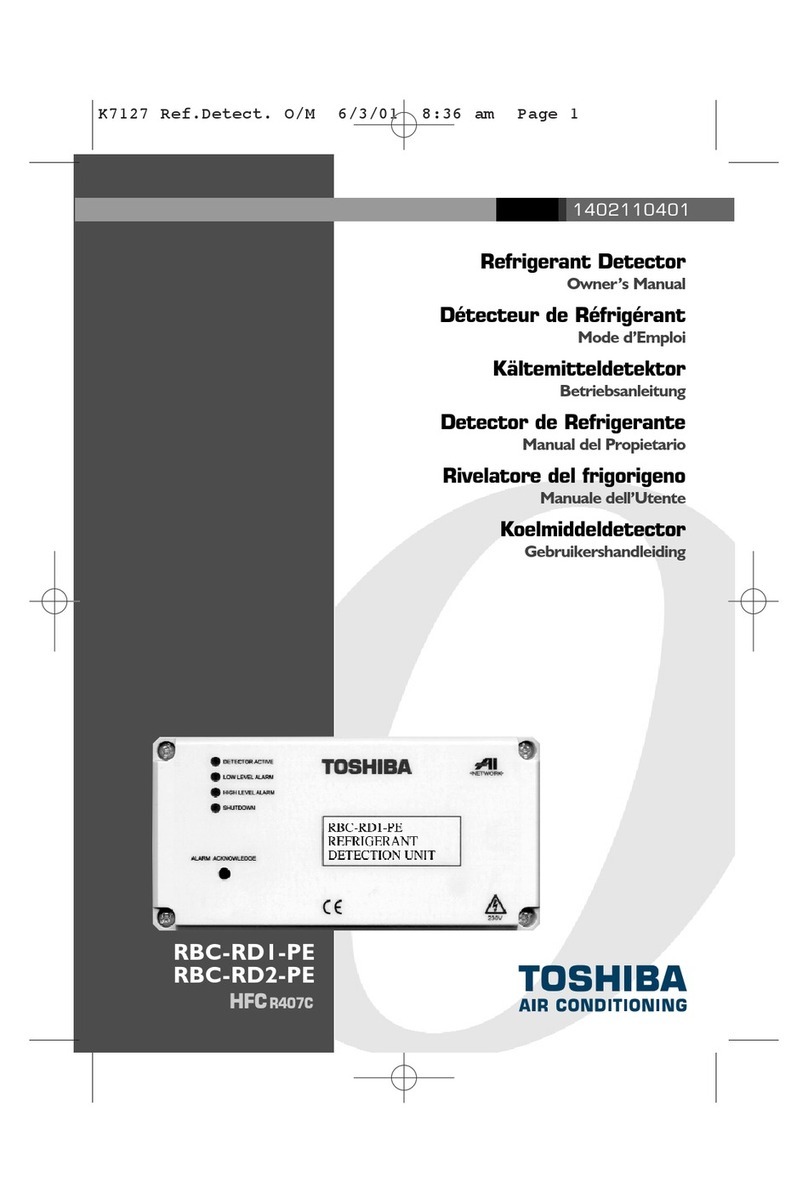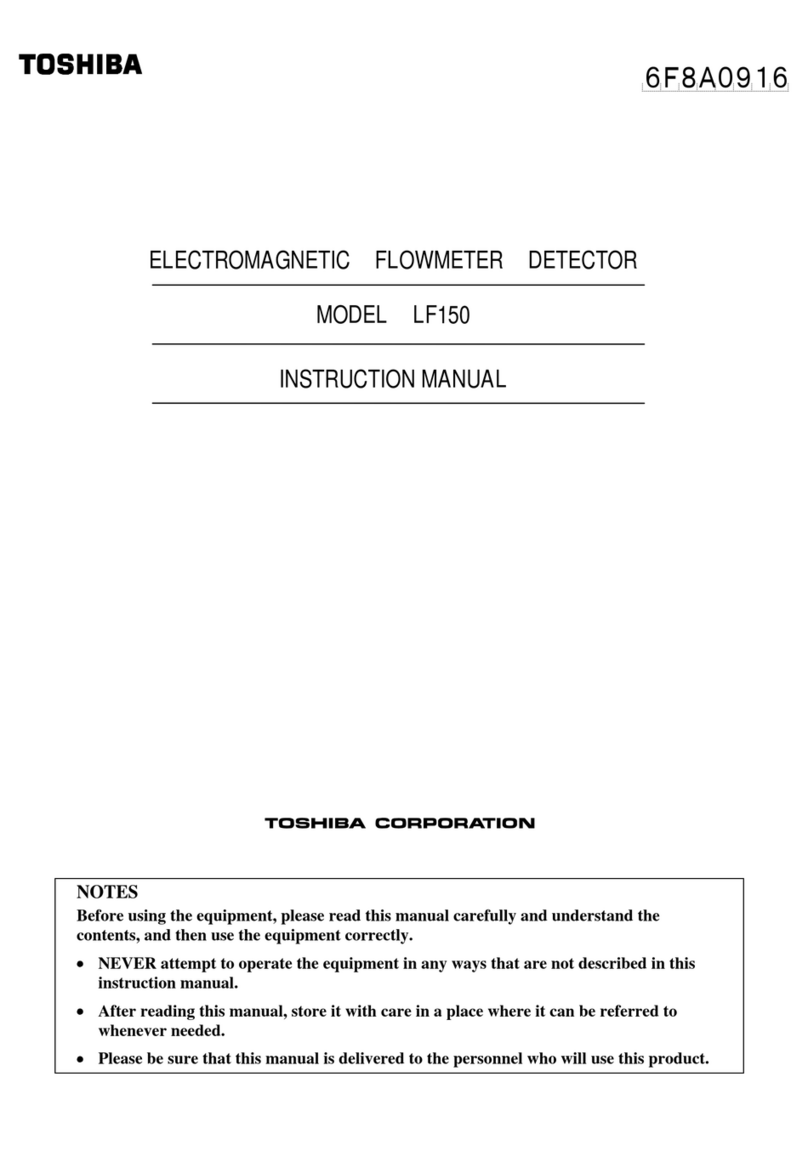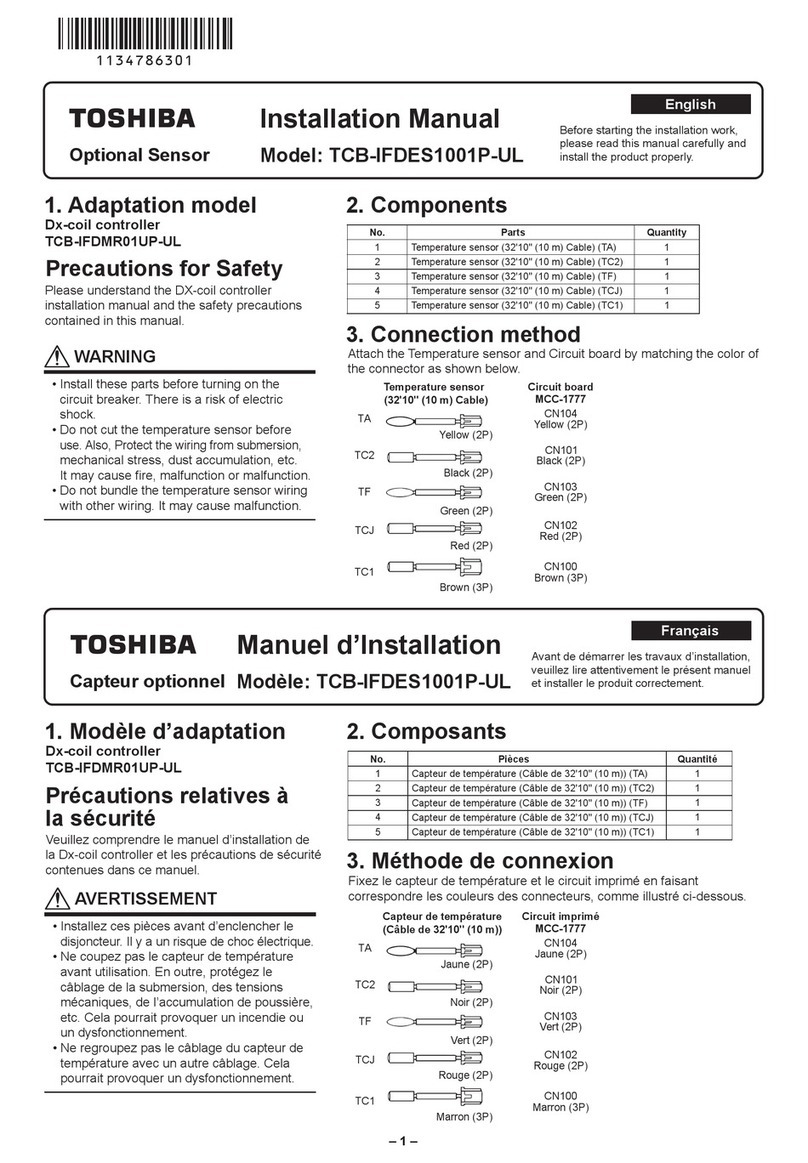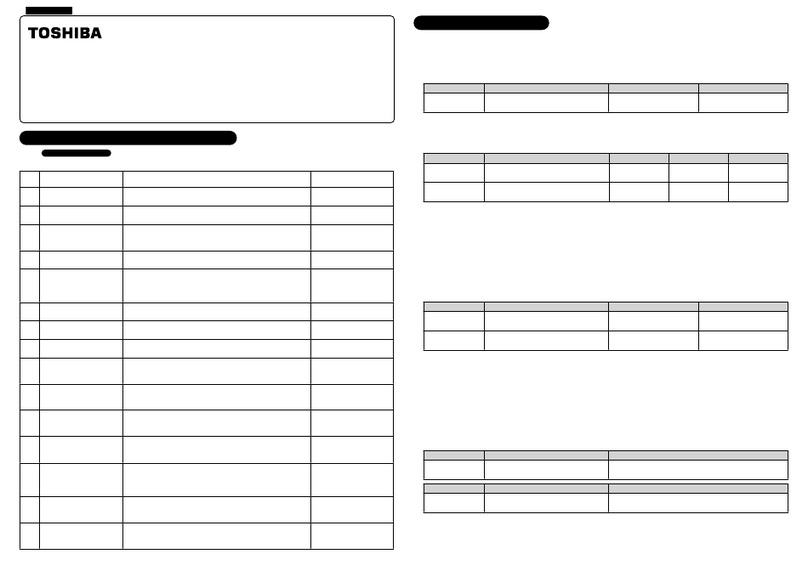
— —
5
6F8A0943
Safety and Handling Precautions
For safety reasons, observe the following precautions.
(1) Do no work on piping or wiring while power is applied. Otherwise, it may result in
electric shock. Even if the power is turned off, remaining electric charge may still
cause electric shock. Therefore, wear nonconductive gloves whenever you work on
piping or wiring.
(2) Do not use the LF664 detector in a way other than those specified in this manual. It
may cause malfunction or damage to this product.
(3) When high temperature fluid is being measured, the fluid raises the detector pipe
temperature. Do not touch the elevated temperature detector pipe. It may cause
injury to personnel when touched.
(4) As this detector is heavy, observe the following precautions:
Wear protective gloves.
Do not work on piping or wiring when the detector is wet and slippery.
A crane is needed to carry and install the detector.
To put the detector temporarily on the floor, place it with an appropriate support
to prevent it from falling down.
To obtain the optimum performance of the LF664 detector for years of continuous operation,
observe the following precautions.
(1) Do not store or install the detector in a place such as:
• where there is direct sunlight. If this is unavoidable, use an appropriate sunshade.
• where excessive vibration or mechanical shock occurs.
• under high temperature or high humidity condition.
• under corrosive atmospheres.
(2) Ground the detector and converter with less than 100 ohm ground resistance. Avoid
a common ground used with other equipment where earth current may flow. An
independent ground is preferable.
(3) The retaining screws for the terminal housing cover and the cable connections are
tightened securely at the time of shipment to keep the terminal housing airtight. Do
not remove these screws or connections unless it is necessary to wire new cables or
replace old ones. Otherwise, it may cause gradual deterioration of circuit isolation
or cause damage to this product.
(4) Make sure the fluid to be measured will not freeze in the detector pipe. It may
cause damage to the detector pipe.

